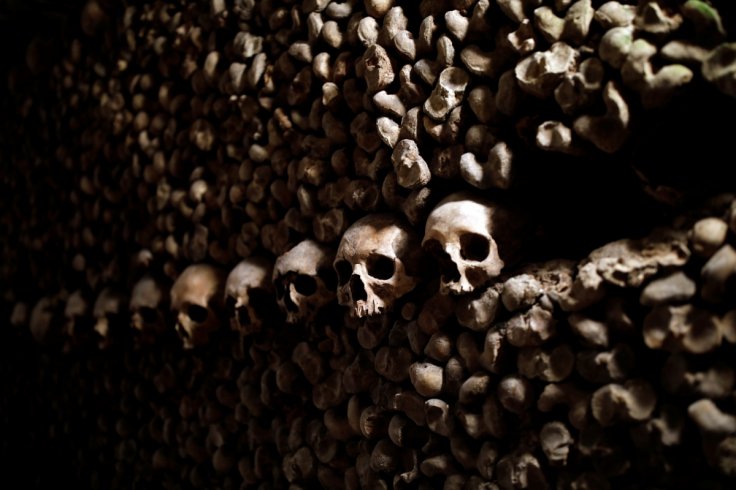
Archaeologists discovered three ancient alien-like skeletons in the burial pit of Croatia's Hermanov vinograd archeological site in 2013. During the excavation, the research team noticed that two of them were actually artificially elongated skulls.
It should be mentioned that Ancient China is believed to have had practised earliest instances of skull deformation about 12,000 years ago. Even people from Eurasia and across Africa to South America purposefully deformed the shapes of their children's skulls.
As per the experts, the people from such particular culture used tight headdresses, bandages, tightly tied leather and cloths and rigid wooden blocks to reshape the structure of the skull if the method was applied to malleable infant's skulls.
These ancient people used to follow such bizarre practice for different reasons, which also includes social status and creation of a "more beautiful skull". But it is still unclear whether such practices had spread from there or emerged independently in other parts of the world.
Experts analysed these skeletons between 2014 and 2017 using various methods, including DNA analysis and radiographic imaging — a method that involves using radiation to view the inside of an object such as a skull.
After the analysis, it was revealed that all these deceased people were male individuals who died between 12 and 16 years of age. This study which was published in the journal PLOS One revealed that the examination also showed evidence of malnutrition.
But malnutrition is necessarily not the reason behind their death and they could have had "some kind of disease that killed them quickly and didn't leave any traces on their bones," such as plague, said senior author Mario Novak, a bio Archaeologist at the Institute for Anthropological Research in Zagreb, Croatia.
It should be noted that the findings at the burial site didn't include artefacts that could have revealed the boys' social status, who had lived between AD 415 and 560, a time of great migration period, Novak told Live Science.
DNA analysis of the ancient trio revealed that one of them had a West Eurasian ancestry, another a near-Eastern ancestry and the third one had an East Asian ancestry.
The boy who was of near-Eastern ancestry had a circular-erect type cranial deformation, which means that the frontal bone behind the forehead was flattened and the height of the skull was "significantly increased," Novak said.
The boy who likely came from West Eurasia didn't have any skull deformation and the boy with East Asian ancestry had a skull with an "oblique" deformation, which means the skull was elongated diagonally upward.
Experts still do not have a clear idea about their culture, even though there is a possibility that the East Asian boy could have been a Hun.
Novak and his team hope to find more samples of cranial deformation from Europe to understand this phenomenon on a larger scale. These skeletons are also sometimes found in strange positions as societies from ancient time zone used to bury the heads of a deceased person in strange ways for reasons that defy even what the experts know of their culture.
Victims of feuds, murder and failed rebellions sometimes make strange skeletons, while double graves reveal people with unexpected gestures and placements.
But this is not the first incident when the archaeologists found ancient mysterious human remains from various parts of the world. These skeletons have been discovered in strange ways such as holding hands, decorated with shells and weapons, beheaded, heads without corpses and gory ceremonies.









